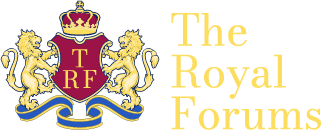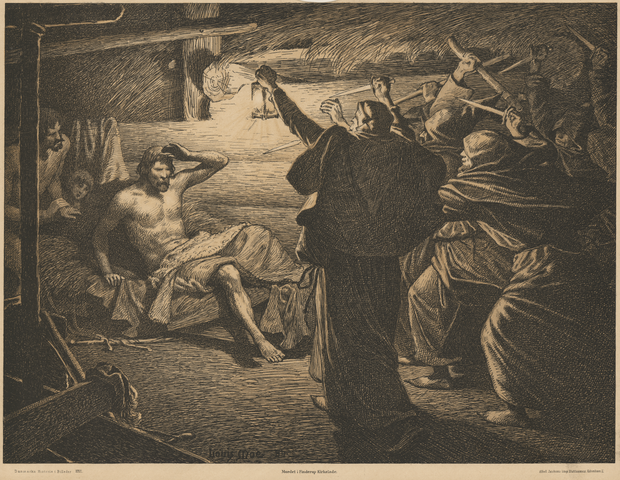norwegianne
Majesty
- Joined
- Nov 26, 2003
- Messages
- 6,041
- City
- Rogaland
- Country
- Norway
Name: Erik V Klipping
Birth: ca. 1249
Child of: Christoffer 1 and Margrete Sambiria
Reign: 1259-1286
Marriage: Agnes/Agnete of Brandenburg
Children: Erik 6. Menved, Christoffer 2., Valdemar, Richiza, Margrete, Katarine, Elisabet
Death: 22. November 1286 (murdered)
Throne passed to: Erik VI Menved
Notes:
Was crowned as a ten year old, but his mother was regent in his stead.
Birth: ca. 1249
Child of: Christoffer 1 and Margrete Sambiria
Reign: 1259-1286
Marriage: Agnes/Agnete of Brandenburg
Children: Erik 6. Menved, Christoffer 2., Valdemar, Richiza, Margrete, Katarine, Elisabet
Death: 22. November 1286 (murdered)
Throne passed to: Erik VI Menved
Notes:
Was crowned as a ten year old, but his mother was regent in his stead.
Last edited:



 No doubt much more accurate than this in DK much better known painting of the perpetrators riding away after the murder:
No doubt much more accurate than this in DK much better known painting of the perpetrators riding away after the murder: